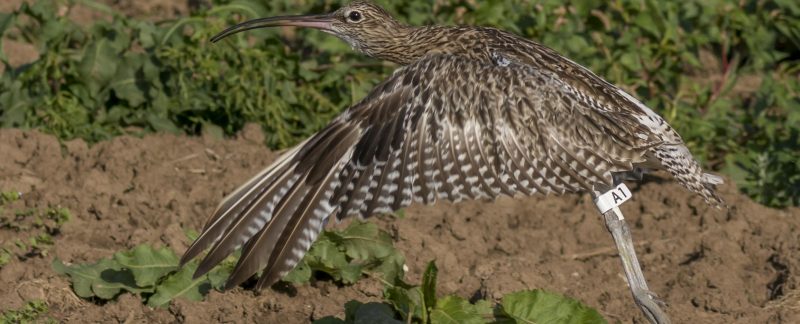The core of our research work on The Wash is monitoring the birds that rely on its mudflats and surrounding habitats. We started catching and ringing waders 70 years ago, when we were simply trying to work out their migration routes and breeding grounds. Now we still aim to catch our study species regularly and continue to learn about migration, but we also check the ‘health’ of the population: are they putting on enough weight for the winter or have they completed their moult on time? How do they move around The Wash? Our regular catches help us to answer these questions, as well as allowing us to keep track of the survival rates of a range of species.
Continue Reading →

